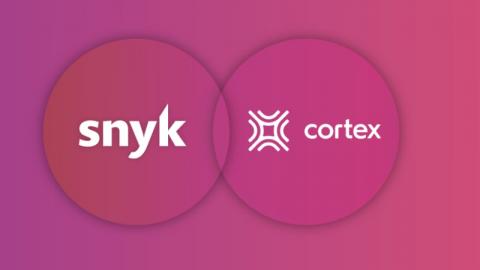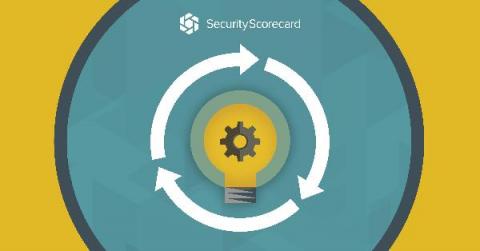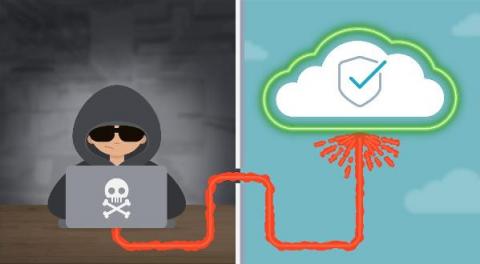Ransomware prevention begins with securing your applications
Ransomware prevention measures such as securing your applications can help you avoid becoming the next target. Ransomware isn’t a new problem—not even close. It’s been around for more than 30 years. But like every element of technology, it has evolved. Instead of being an occasional expensive nuisance, it’s now a plague with existential implications for critical infrastructure—energy, transportation, food supply, water and sewer services, healthcare, and more.










